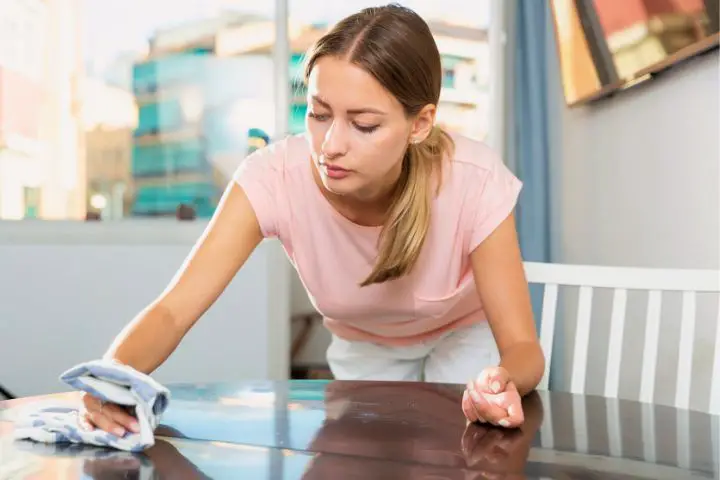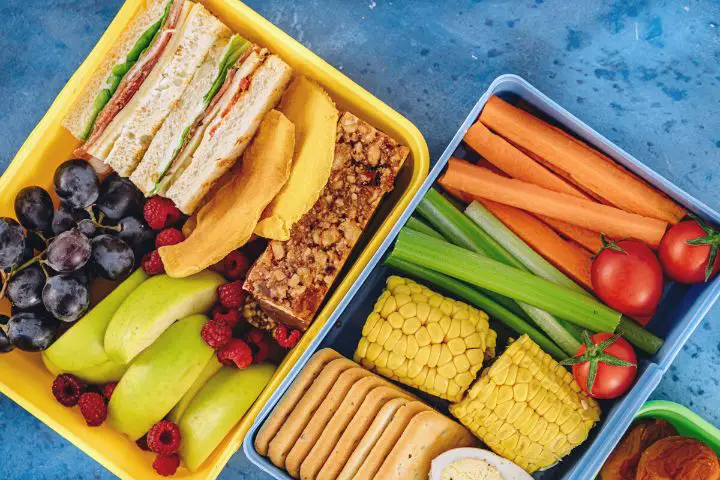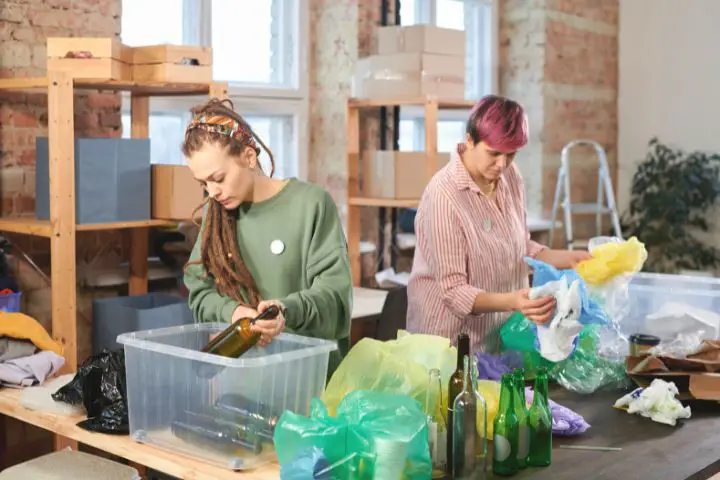How to Reduce Your Waste – Zero Waste Swaps
The importance of reducing waste cannot be overstated.
Society creates trillions of pounds of waste each year, which continues to sit in landfills all over the world. Not only does this contribute to climate change, but is also disrupting our ecosystems.
While corporations have a massive responsibility when it comes to carbon emissions, there are many ways that we, individuals, can reduce our waste – and one of the best ways is to swap your wasteful items! By swapping out everyday items for less wasteful alternatives, we can help reduce the amount of waste produced within our homes and help preserve our environment.
Not only will these small changes to your daily routine help you save money in the long run, but they also help minimize your carbon footprint. Try out some of these easy swaps and see how they work for you!
Related Articles: Making Your Zero Waste Bathroom and 13 Everyday Household Items That You Can Recycle Or Repurpose
Why is It Important to Reduce Waste?
Reducing waste is important for several reasons. First, it helps us to reduce our carbon footprint. Second, it conserves resources and prevents them from being wasted. Third, reducing waste helps us to save money. Finally, reducing waste reduces the amount of hazardous materials that are produced and disposed of improperly.
Switching to less wasteful alternatives can help us to achieve these benefits in a number of ways. For example, when we replace traditional products with more sustainable versions – such as reusable items or recycled materials – we are not only cutting down on our environmental impact but also benefiting from increased durability and savings in cost over time.

In addition to replacing individual products, there are a variety of less wasteful alternatives available for everyday items like groceries, cleaning supplies and even entertainment options. By exploring these alternatives and using them whenever possible, we can help reduce our overall environmental impact without having to make any big changes to our lifestyles.
Items to Swap for Zero Waste
Don’t panic! Making low-waste living easy doesn’t have to be complicated. There are plenty of simple ways to reduce waste without having to drastically change how you live, including recycling and avoiding single-use products.
Reduce Waste at Home
Swap paper towels for rags or dishcloths
Paper towels are a standard item in many kitchens – but do you ever think about how many you go through even in a day? All those used towels go straight into the trash and out into the landfills for who knows how long!
A great alternative to paper towels are rags or dishcloths. Not only are rags more environmentally friendly, they’re also much more absorbent – perfect for cleaning up spills and messes. Even better is that you don’t have to go out and buy new rags. Cutting up old clothes or sheets to use as cleaning rags is a great way to reduce waste and save money. Just be sure to wash the fabric first if it’s going to be used for this purpose!
Similar to rags, dish clothes are a great option for kitchen clean-up as they can be used multiple times before being washed. Investing in some good quality dishcloths will ensure that they last for years.

Swap out store-bought supplies for DIY
Whether you’re looking for recipes or just tips on how to get started, there are plenty of ways to create your own eco-friendly cleaning products. You can make your own cleaning supplies using traditional ingredients found at home, such as vinegar, lemon juice, and baking soda. For example, you can make a solution to clean surfaces with vinegar and water or combine hydrogen peroxide and baking soda to remove tough stains. The possibilities are endless!
These ingredients are effective at cleaning and disinfecting surfaces, and they’re also environmentally friendly. Making your own cleaning supplies is easy to do, and you’ll save money in the long run by not having to buy expensive commercial products. You can customize your products to suit your needs – you can even think of it as a science experiment and get the whole family into concocting new formulas!
Repair instead of replacing
Sometimes, it’s simply easier and cheaper to fix something than buy a new one – especially when it comes to things like clothes and electronics. There are resources for almost everything online nowadays. Just search whatever you’re trying to fix on YouTube and voila! You’ll have a whole bunch of videos walking you through the process. Always remember to be careful – and hire a professional if it’s extra complicated or dangerous!
Containers instead of plastic wrapping

Storing food without plastic wrap is a great way to reduce your waste. Simply store perishables in an airtight container and put them away where they will not be exposed to air or moisture. This will help keep food fresher for longer and reduce the amount of plastic that needs to be used. There are many reusable storage containers available on the market these days. Some popular options include glass jars and stainless steel containers with lids. Make sure to wash these containers regularly in order to avoid bacteria build-up and odors, which can cause odor problems in the home.
Reducing Waste Outside the Home
Choose to buy nothing new
There’s nothing like scoring a great deal on something new, but when it comes to items that don’t need to be replaced often (like furniture or appliances), buying used is always a better option. Not only is it a great way to reduce waste, but it’s a great way to save money, too! You can find some really unique items secondhand that you wouldn’t be able to find anywhere else.
Secondhand shopping is more sustainable than buying new items since you’re not contributing to the demand for new products which require resources and energy to produce. By prolonging the life of existing products, you’re also keeping them out of landfills.
When looking for the best secondhand shops, it’s important to consider what type of items you’re looking for. There are a few things to keep in mind, such as checking for quality and condition of the items you’re interested in. It can be helpful to ask around for recommendations of good secondhand shops in your area. Once you find a few good shops, it’s just a matter of finding the best deals on the items you need or want!
Replace single-use items and plastics with reusable options

Single-use items are one of the worst offenders of populating landfills and can be avoided with minimal effort. Start by ditching items like grocery bags and plastic water bottles. Replace these with tote bags which you can take with you on your grocery runs. Pack multiple into one so you don’t run out. And while you’re at the store, pick up one or two reusable water bottles. These are so much more sturdy than plastic, will last you a very long time, and can even keep your water cold!
Secondly, avoid using plastic packaging whenever possible. This not only reduces the amount of garbage created annually, but also helps protect the environment from harmful chemicals leaching into our soil and waterways. When you’re at the store, try to pick up items that have minimal packing. And when you’re grabbing your next coffee, take your own mug or container. You might even get a discount! You can even bring your own containers when buying bulk items or taking food out of restaurants. After all, every change makes a difference!
Frequently Asked Questions
Are zero waste products expensive?
While there may be a greater initial investment, zero waste items will save you money in the long run. Single-use items are marketed as convenient so that you’re more inclined to purchase them regularly. However, the more you buy, the more you spend! So when you purchase a reusable water bottle once, you will no longer need to buy plastic water bottles every week.





